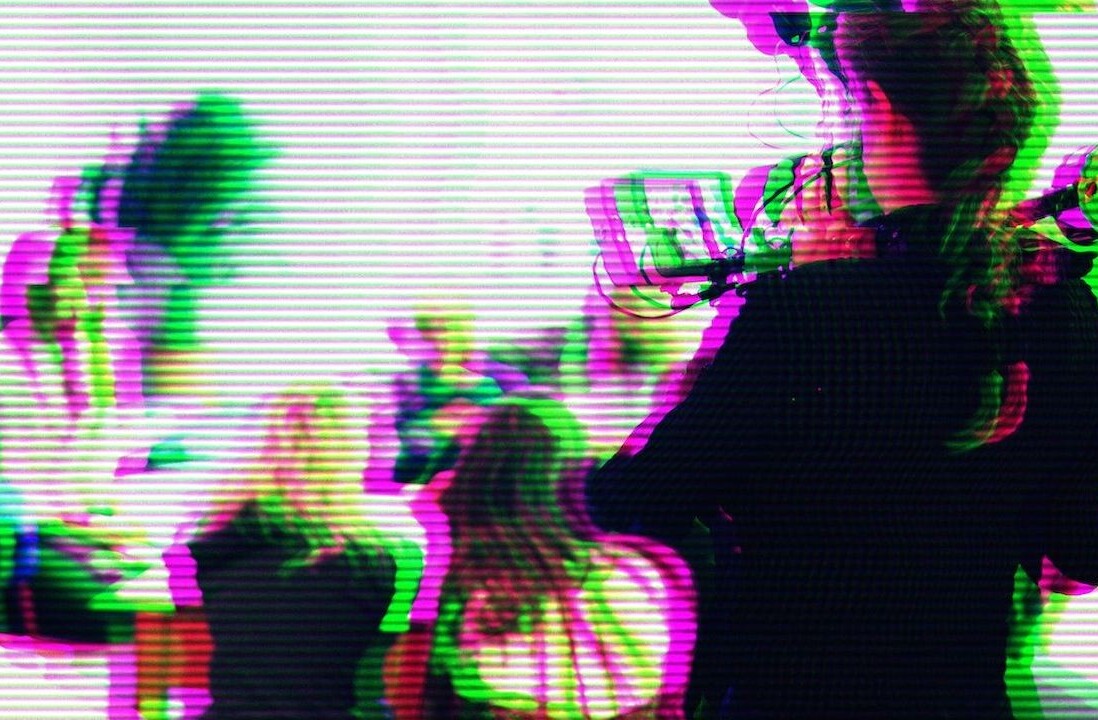
Alexander Huls is a freelance writer whose work has appeared in The New York Times, The Atlantic, Esquire and other publications. This post was originally published on the Shutterstock blog and has been reprinted with permission.
Photographer Dietmar Eckell takes pictures of crashed planes. But these aren’t the morbid images you avoid thinking about when your flight hits a little turbulence. Eckell’s images are hopeful, even miraculous.
His unique project, Happy End (also collected in a book) features photographs of planes that went down in the middle of nowhere — in regions including Canada, Iceland, Australia, and Papua New Guinea — but suffered no casualties. These inspirational visual stories of survival are accentuated by Eckell’s entrancing composition, which shows the planes nestled and abandoned in remote locations, slowly being reclaimed by their natural environments.
We spoke with Eckell about the concept behind his project, how he finds the planes and how he composes his shots to make the most of his often once-in-a-lifetime visits to such isolated places.

Shutterstock: Your project was inspired by your own miraculous survival of a paramotor crash in the Mojave Desert. Can you talk about how Happy End grew out of that?
Dietmar Eckell: As I was recovering from surgery (from a leg fracture), I began to research situations like mine and found fascinating stories of pilot heroes, destiny and survival in the most remote landscapes. And I said to myself, “These miracles of aviation history need a bigger audience.”
How did the project and concept grow from there?
It began out of a passion for photography, big landscapes, and abandoned objects with great stories. My photography is very concept-based. Restwert (a German word for “residual value”) is about objects that are written off, but still have immaterial values — beauty, stories or the associations and memories they trigger. I document the planes before nature takes them back.
How do you seek to capture that concept with the composition of your shots?
I want to show how the planes are embedded in nature after so many years. That is the starting point for the composition. Normally, the best perspective is a high viewpoint, so I try to bring the octocopter.
But if, for example, you’re hiking though the swamps in Papua New Guinea, it’s sometimes just not possible. If the planes are resting in the bush, I try to shoot through layers of green to show how nature is taking over again.
Many of your shots leave lots of empty space to show the isolated natural environment these planes are in. Can you discuss the decision behind that?
I want to show the planes as part of their surroundings. It’s amazing that even a big airplane, like a DC-3, can look lost in a vast landscape. Sometimes I make them look like toy planes to dramatize that grand landscape. That being said, while I start with a grand view (often aerial), I do show different perspectives, with some closer up.
In terms of those aerial shots, what tools or approaches do you find useful for taking pictures from above?
Most of the time, I use an octocopter. That’s the best way to compose aerials, as you’re in full control and can see what the camera sees. In airplanes, I only charter models where you can open the window, and I use exposure times of 1/1000 or shorter.
I prefer a 24-70mm zoom for quick reaction, and fly higher and zoom in to 50-70mm to compensate for the speed of travel. Helicopters would be nice, but they are out of my budget.
When you arrive at a location, how do you proceed? Do you first scope out good spots to take shots of the planes, or do you just start snapping?
It depends on how much time I have. If I can stay overnight, I first make a plan — when to shoot, from which angle, when to fly the copter. Sometimes I wait for hours to get the clouds I’m looking for. If I only have two hours, then it’s more shoot-and-move. I start with a wide angle, and then do different routes with different lenses.
What cameras and lenses do you like to use?
I use a compromise of quality and weight, as you can’t take 20kg of gear on remote hikes if you’re alone. Today I use a Nikon D800E with 14, 28, 50, 85mm lenses, but I started this project with a Canon EOS 5D Mark II.
As I produce prints up to 200cm wide, the 36-megapixel resolution is an advantage. For the copter, I now use a Sony a7R. Before, I used a light Canon DSLR, but the results were not good enough for prints over 100cm size.
What do you keep in mind when you’re shooting to try and get the best picture?
Shooting is like autopilot. I don’t have too many things in mind. I just force myself to do variations. Even if I think, “That’s the shot!” I still continue to explore variations. Sometimes in the selection process that’s the one that wins.
How much time do you usually spend in a location?
As long as I can. In Iceland, I came back three times for the right clouds. I had easy access with a car. In Australia, the local tribe did not let me stay overnight on their land, so I only had a few hours to get back on the same day.
Do you aim for a certain number of shots to make sure you’re covered, in case you can’t come back?
It depends, again, on the time. I take usually between 50 and 200 shots. In difficult light conditions, I also over/underexpose. Then it’s even more.
How many planes have you photographed over the years?
In 2010, I visited the first three planes. 2011 was a bad year — I lost my octocopter, with camera, in Canada, and broke my fibula while hiking. In 2012, I was better prepared and documented seven planes in two months. Then, last year, I got two more planes in Australia and Papua New Guinea. So it’s been 15 planes on four continents, totaling 120,000 kilometers of traveling.

How do you do your research to find these miracle planes?
I search in pilot forums, archives, accident reports and Websites about WWII history. Once the story is confirmed, I try to find the plane on Google Earth. If the resolution isn’t good enough, I ask at the local airport and pilots can often help. Sometimes I have to hire a plane to search from above and use GPS.
How often are you able to travel to find a plane?
I can afford two to three trips a year, and then it depends on how far apart the planes are. In Alaska, I found four planes that were relatively close together. But, I also missed one, after flying 2,200 km to an Aleutian island, because I couldn’t find a boat to continue the trip.
What do you feel when you finally find the plane you’re looking for?
I normally first sit down on the wing of the plane and enjoy the view. I try to imagine what happened on the day of the forced landing. After months of research, it’s my “happy end” to finally get there.
What have you discovered people feel when they look at your photographs in exhibits and your book?
The first reaction is that they’re surprised to see an airplane resting in a vast landscape, which leads to curiosity about the story. With that knowledge, they can really enjoy the surreal beauty of the vintage tech in vast landscapes.
Some even say it made them forget their little problems in life and see the beauty and opportunities this world has to offer. It’s the end-as-beginning — like for the passengers many years ago. Many visitors walk through my exhibitions with a smile about how full of wonders this world is. That is a happy end for viewers and me.
Get the TNW newsletter
Get the most important tech news in your inbox each week.










